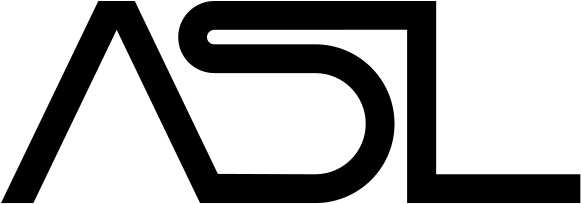Mark Steedman
- Area: LaCo
- Level: I
- Week: 2
- Time: 14:00 – 15:30
- Room: D1.02
Abstract
The course will introduce Combinatory Categorial Grammar (CCG) as a theory
of natural language syntax and semantics for the cognitive sciences.
Because of the simplicity of its syntax-semantics interface, CCG has become
widely used in computational linguistics for semantic parsing and parser
induction for applications like question-answering. However, it is less widely
understood in theoretical linguistics and psycholinguistics. Aimed at linguists,
cognitive scientists, psychologists, and computational linguists, the course will
bring the participants to the point of being able to apply the analytic techniques
and tools of CCG in a wide range of disciplines.
To this end, we will analyze the problem of grammar from the ground up.
We will start with the requirements that child language acquisition imposes on
the theory, then develop a uniform framework for the major bounded and unbounded
constructions in English and other languages with radically different
properties, closing by considering the impact of psychological and computational
processing requirements, including acquisition, on the theory of grammar
itself.
Lecture Schedule and Readings
- Read Chs. 1, 2, and 3 of the ms. for for background. Read Ch. 4 for Lecture and Class Discussion
- Read Ch. 5 for Lecture and Class Discussion
- Read Ch. 6 for Lecture and Class Discussion
- Read Ch. 7 for Lecture and Class Discussion
- Read Ch. 11 and the appendices (or other) for Lecture and Class Discussion
References
I’ll introduce the early chapters of the following ms. and discuss them with the class. I’m hoping that people will at least glance at them before the relevant class. I’m open to variation in the schedule for the last class to discuss more advanced linguistic topics, rather than the computational appendices on performance.
http://homepages.inf.ed.ac.uk/steedman/papers/ccg/esslli16.pdf














